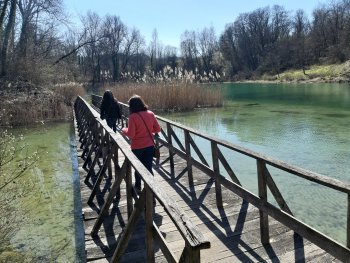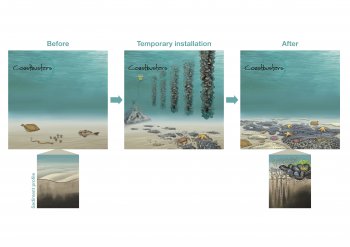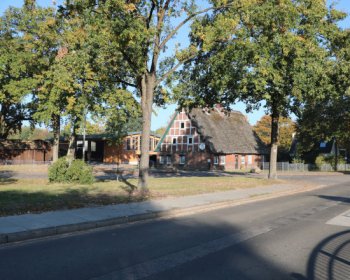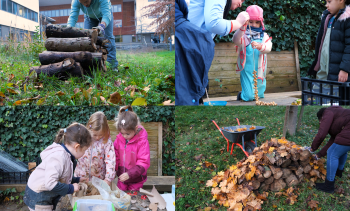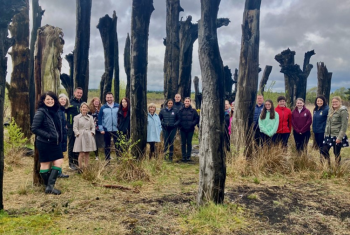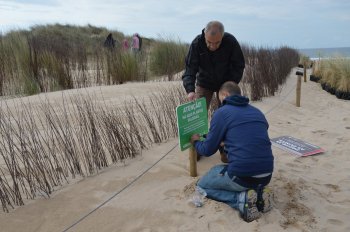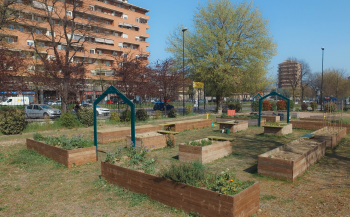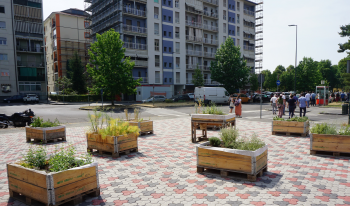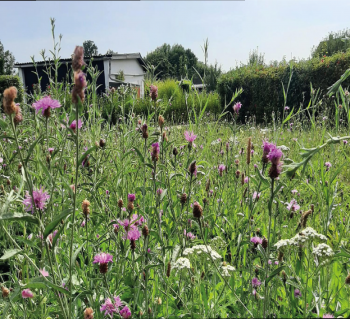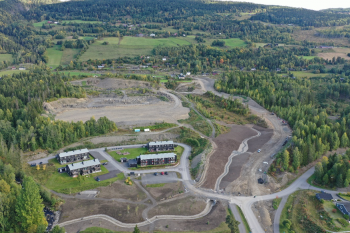H2020 PONDERFUL: the "Rhone genevois" NBS : multifunctionality at the pondscape scale
15 large ponds (5000m2 to 30’000m2) as well as many medium and small sized ponds have been created between 1970 and 2018. Some ponds have been dug to rehabilitate and recreate natural habitats in brownfields and others to create recreational activities such as swimming and fishing. They depict the multiple roles a pondscape can play.
The objective of the spatial delimitation of these pond uses is to promote simultaneously the protection of pond biodiversity and the delivering of numerous NCPs.

